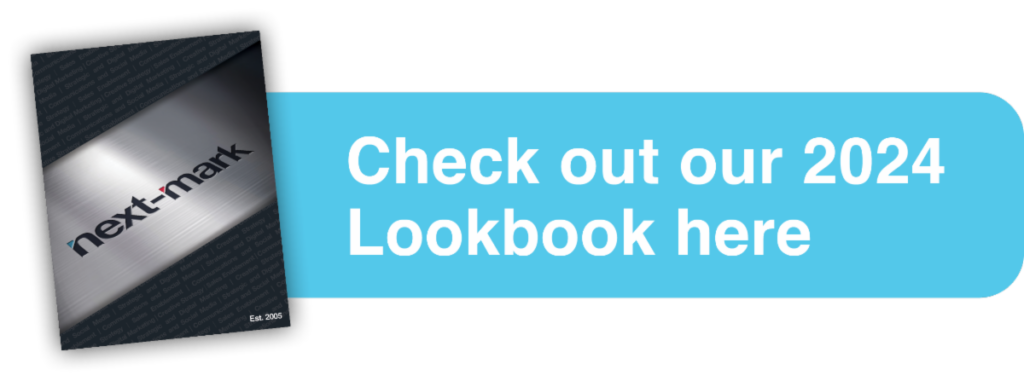
There’s no denying it—podcasts are having a moment. With over 5 million shows worldwide and billions of episodes streamed annually, they’ve become a dominant force in how people consume content and connect with ideas. Whether it’s business, storytelling, news, or niche interests, there’s a podcast for everything—and everyone.
But as with all trends, there’s more beneath the surface.
The Good: A Platform That Builds Trust
Podcasts offer something rare in the marketing world: time and attention. Listeners opt in, stay engaged, and form strong connections with hosts and guests. For brands and thought leaders, that means a unique opportunity to speak directly to an audience that wants to hear from you.
They’re also incredibly flexible. You can entertain, educate, inspire—or all three at once. With the right strategy, a podcast can amplify your voice, boost credibility, and build loyal followings.
The Not-So-Good: A Crowded Market
For every high-quality podcast out there, there are dozens more that struggle to find their footing. Poor production, lack of focus, or inconsistent posting schedules can make it hard to build an audience. And while it might be tempting to start recording right away, success in podcasting—like all good marketing—requires clear goals, smart branding, and a strong point of view.
So, Should You Podcast?
The answer depends on your audience, your message, and your ability to deliver value consistently. As strategic communicators, we help clients ask the right questions:

Who are you trying to reach?

What do you want them to know or feel?

Can you offer something they can’t get anywhere else?
If those answers align, podcasting can be an incredibly effective tool in your marketing mix.
Hear Joe Grano on the Following Up Again Podcast for FPRA

We’re excited to share that Joe Grano, president and founder of Next-Mark, was recently a guest on the Following Up Again podcast by the Florida Public Relations Association (FPRA). In this insightful conversation, Joe shares insights from two decades of guiding organizations through strategic growth, innovation, leadership, brand transformation, and navigating a constantly evolving communications landscape.
“Storytelling is at the core of everything we do. Whether you’re building a brand or launching a new service, how you communicate that story makes all the difference.” – Joe Grano
Explore the Next-Mark Lookbook: Our Story, Our Work, Our Why

Every brand has a story—and ours is no exception. The new Next-Mark Look book offers a behind-the-scenes look at how we began, what’s shaped our journey, and how we’ve evolved into the strategic communications agency we are today.
But it’s not just about us. The Lookbook also highlights the work we’re most proud of—campaigns, creative solutions, and success stories that reflect our passion for helping clients grow, connect, and lead.
Whether you’re a longtime partner or just getting to know us, we invite you to explore the thinking, creativity, and collaboration that fuel everything we do.
At Next-Mark, we have curated numerous client brand stories since 2005. If we can help, please contact us at 941.544.2765 or at brandstory@next-mark.com

























